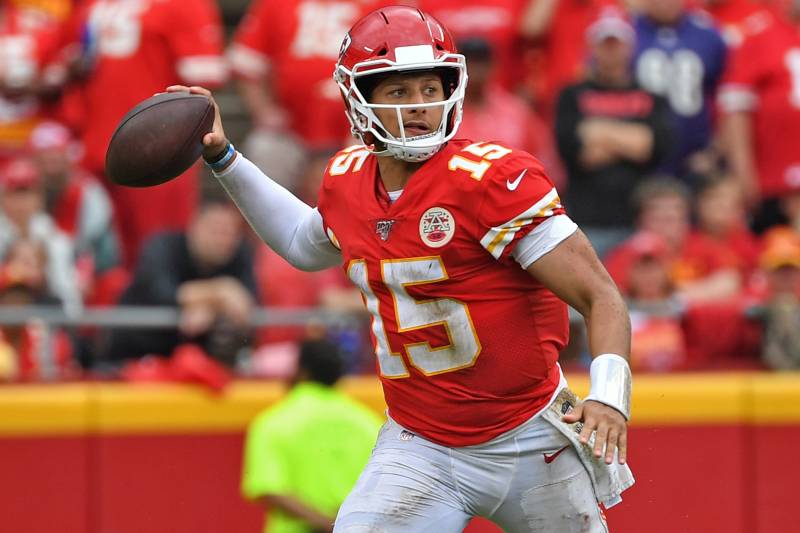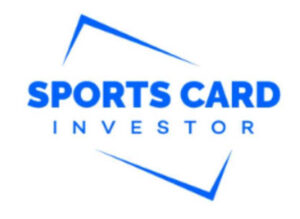
Using Cross-Sport References to Invest in the Potential, Not in the Steals
This guest post came through our Article Submission Program. Thoughts and opinions are those of the author.
The Mistakes of a New Investor
When I first started again in the hobby back in May, the first rule I created for myself was not to overpay for a card. No matter what, I would review the most recent completed sales of a card and stay close within that range, rarely paying anything over that. My goal was to pick players whose cards I thought would go up in a given season for a variety of different factors (the team playing well, play-off potential, break-out season potential, being traded to a bigger market, etc.) and buy them at slightly below their current market prices.
At first, this seemed like a pretty good strategy. I could find the “steals” by scouring the different platforms and buying cards below market, with an instant built-in return. This strategy would be deployed across both raw and graded cards. A few tactics I would use included furiously checking Mercari for cards priced lower than the most recent eBay auctions, watching eBay auctions closely, then purchasing “Buy It Now” cards if the auctions started to go above the “Buy It Now” values. While these are great tactics that are still valuable today, I was investing in steals more than the potential of a particular card.
Now that I am a few months heavy into sports card collecting and investing, I can say this was probably my biggest mistake. After interacting with the sports card collecting community on a variety of different platforms, I realized that many others were also investing with the same tactics: they did not want to overpay for a card, even if that market as a whole was particularly undervalued. This feedback prompted me to write this article. I’m not saying to stop finding deals, but it’s tough to scale and you can leave a lot on the table if you’re investing using that model.
[adcards]
What I Left on the Table by Investing for the Deal
As I mentioned above, I started my buying cycle in May. I began to educate myself on the various cards, grading, values, etc. I spent a lot of time on this and recommend if you are new to this, you do the same. I pretty quickly learned that for modern sports cards, the Prizm brand is a staple of the bunch and tended to hold their value pretty well. I learned about short-print silvers, how much grades can affect the value of a card, and all of the fun things that come with just beginning this adventure.
I identified players like Carson Wentz, Patrick Mahomes, Deshaun Watson, Sam Darnold, Giannis Antetokounmpo, Ben Simmons, Luka Doncic, Trae Young and many, many others to begin investing in. After researching which cards to buy, I began to make some moves.
But within the lens I had on, I tried not to overpay by a single dollar compared to the last most recent sale.
If I hadn’t done this, I would have at least 3-4 more Patrick Mahomes PSA 10 Prizms in my possession. At the time, they were selling for $70 raw, $300 at a PSA 10. I recently sold my Patrick Mahomes direct to a consumer for $1,100. I previously opted not to buy Prizms for $300, because I was constantly seeking the ones priced at $290. Turns out, that wasn’t the best way to look at it.
Patrick Mahomes is on another level, so let’s look at some other examples:
I bought a Ben Simmons Prizm PSA 10 for $70 this summer. I had at least three others in my watch list that I didn’t pull the trigger for and they’re now selling for $160.
I turned down a counteroffer of $9 for a Sam Darnold Prizm raw because I had him priced at $7. Those shot up to $20-$25 pre-season and while they’ve since gone down, I believe will now increase in value that he just beat the Dallas Cowboys.
I had more than a few Deshaun Watson Prizm PSA 10s in my shopping cart but decided against it because they were selling for $100 when market price was about $90. I currently have a $260 offer for my newly listed phenom.
Now I know what you are thinking, “these could have easily gone the other way, in fact, Sam Darnold has”. Yes, this is absolutely true, and you should always invest at your own risk, but there are ways to figure out the price potential of a particular card to help guide you. And there are some extreme cases where you don’t want to be paying $50 over market because a card just won’t grow into that, but you are taking a risk by investing in cards either way, and it’s a bad strategy to try to always pay undermarket when buying cards.
The takeaway here is if you believe in a particular player and generally think his or her card is currently undervalued, but you’re hesitant to make a purchase at a price a little above market, or don’t want to bid up an auction higher than the last sale, take a step back. Ask yourself if going $10-$20 or even $30 above market is outside of this particular card’s potential.
I’m not telling you to overpay for cards or spend past your pre-determined budget, but I am encouraging you to use other references and project the potential value of a card and buy against that information.
[adcards]
How to Use Cross-Sport References to Identify the Potential of a Card
No one, myself very much included, thought a Patrick Mahomes Prizm PSA 10 would sell for $1,600. But four-ish weeks into the season, and this card hit that level. Heck, if you told me at the beginning of the season they would sell for $600, I wouldn’t have believed you. If you had told me Deshaun Watson would have shot up to $260, I would have believed that, yet I still wouldn’t pay $100 for his card when recent sales were going for $90.
When looking at those $100 Deshaun Watson cards, I should have in-sport referenced Mahomes. People were willing to pay $300 for a Prizm PSA 10 of a quarterback in the NFL (Mahomes sales at the time). I could have also used Mahomes reference for serial numbered cards, autos, etc. Mahomes is on a different level, but even guessing that someone like Deshaun Watson could hit half that value puts that card in the $150 range. After eBay fees, that leaves about a $40 profit. Not huge, but that’s a conservative estimate.
The next thing I could have done, and this is the crux of this article, is look at cross-sports references to help you determine the market potential of a particular card for a specific player.
For example, Giannis Atentonkoumpo originally served as my “max ceiling” for what a Prizm PSA 10 could sell for in football. GA’s cards held at about $500 (so I projected that Mahomes could potentially hit $500), spiking at $800 during the playoffs (another tip-off that a Prizm could hit $800 with an MVP who’s team makes the playoffs).
This is especially why I made big investments in Carson Wentz (I bought his Prizms at an average of $75 and they’re now around $115) because I had an in-sport reference of Mahomes, as well as a cross-sport reference in Giannis. If Mahomes’ card goes up, it sets a new ceiling for investors, and is likely why people are now comfortable buying Deshaun Watson for $260. Let’s hope Carson Wentz follows in that trend.
I do want to quickly call out that there is a slight nuance between football and basketball, especially with Mahomes, Watson and Wentz – in football, all cards produced 2017 and before are all silvers and are considered base cards. So it’s not quite a 1:1, but even so, take a look at a Luka Doncic Silver Prizm PSA 10, and you have a reference point of willingness to pay that could apply for football.
Ultimately, we are trying to project potential, which can be incredibly hard to do.
But by looking across sports, you can begin to figure out willingness to pay and then identify undervalued players. This can help you determine potential not on just Prizms, but other cards as well. How have Mahomes optics changed in value? What about a serial numbered Prizm versus an Auto?
By picking two sports and getting an exceptionally deep understanding of what particular cards and grades are fetching, it gives you a better sense for the potential of a card. This is why I’m particularly curious to see what happens with Giannis this season (full disclosure, I own two PSA 10 bases of Giannis). Why? Because his story is almost identical to Mahomes: both won MVP last year, both are talked about as potential future faces of their respective sports, and both have been called the next Michael Jordan of their sport.
The narrative is almost eerily similar, as stars like Lebron James and Tom Brady get older, who is going to be talked about and focused on? But beyond that, maybe you look at rookie of the year, or back-ups who start getting minutes. There are a bunch of scenarios you can cross-sport reference to give you real data to make a prediction about what might happen.
Happy hunting.
Do you agree that waiting to find a steal can cost you opportunities? Have you ever compared card prices across sports? Tell us in the comments below.
Ready to take your sports card investing to the next level? Join my Membership Program now for card picks, analytics, premium community access and much more!






